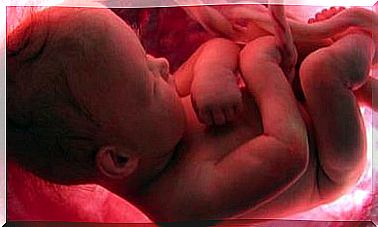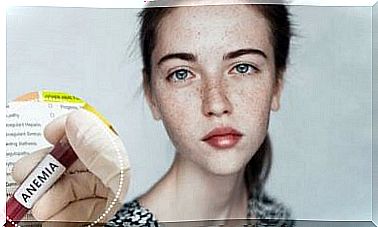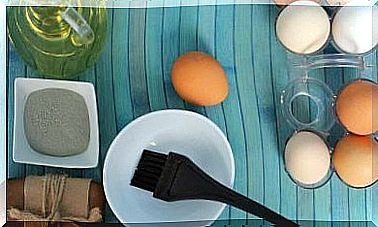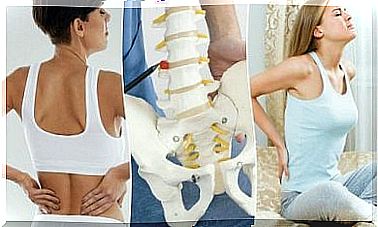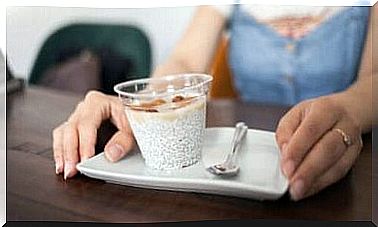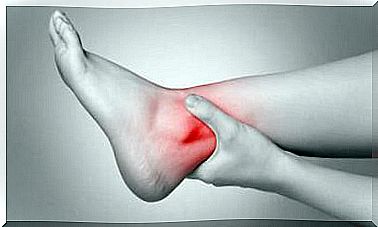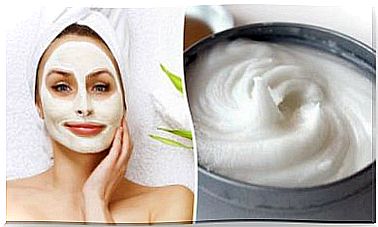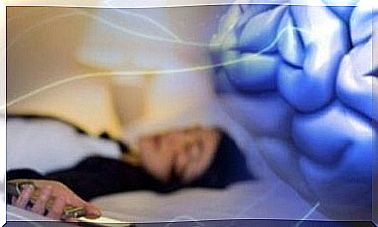What Are Bacterial Plaque Detectors?
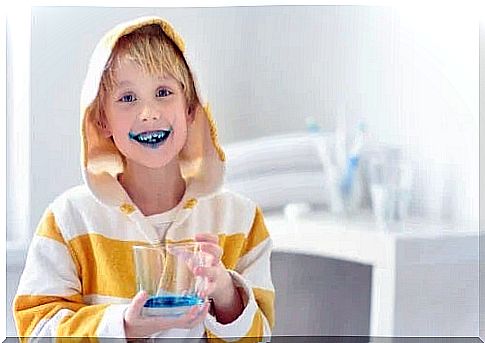
Do you know what plaque detectors are? In this article, we will tell you everything you need to know about these substances that color the biofilm on your teeth.
Bacterial plaque, also called biofilm, is a thin, sticky, translucent film of bacteria and sugars that settle and adhere to tooth surfaces. If it is not removed correctly by daily brushing, the biofilm accumulates, becoming yellowish-white and giving the area a rough texture. It is most often seen on the bottom of the teeth and around the orthodontic appliances, two areas that are difficult to access for dental hygiene.
The presence of plaque is the cause of several mouth problems, such as cavities, gingivitis and bad breath, among others. That is why its total elimination is so important. This is where plaque detectors come into play, a great help when it comes to dental hygiene.
What are plaque detectors?
As already mentioned, when the plate is formed, it is transparent; this makes perception difficult and can give the tooth a clean appearance. Bacterial plaque detectors are substances capable of coloring the biofilm to make it visible. This way, removing it is easier.
Knowing where the bacterial plaque is allows you to identify which areas of the mouth should be cleaned more carefully. These agents are very useful in preventive programs and as a motivation for oral care.
Bacterial plaque detectors: characteristics
Bacterial plaque detectors contain special dyes that allow the biofilm to be pigmented red, pink or purple to make it visible. There are various substances that are used to produce them, such as erythrosine, fuchsin, sodium fluorescein, floxin or malachite green, among others.
There are different presentations, as we will detail later. The main features that a developer should have are listed below:
- Convenient
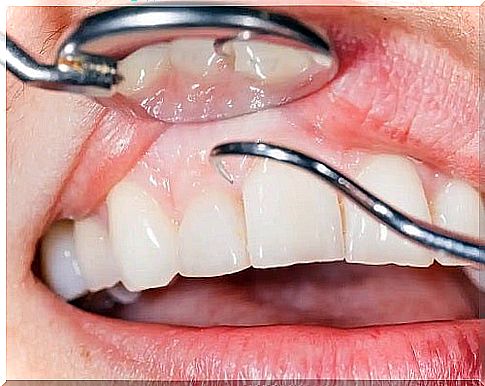
Forms of presentation
There are tablets that are chewed until completely dissolved. Then make 3 or 4 rinses with water. Only after that is the bacterial plaque observed.
These detectors color the entire bacterial plaque red. There are also products in two tones, which shade the oldest plate in blue and the newest in red. Currently, they are not so used because they involve a long period of chewing. Moreover, their effectiveness depends on the patient’s ability to use them.
Liquid
Mouthwash
We have already mentioned how to use the plate detectors according to each presentation. The purpose is to mix the dye with the saliva so that it is distributed on all surfaces of the teeth.
The time of use is the one indicated by the manufacturer and in some cases you will need to rinse with water several times to remove excess. Deep brushing should be done to remove all colored areas. In the end, you will need to rinse your mouth several times to remove all the dye. It is recommended to use it at night, before bedtime, as the tongue and gums may be stained.
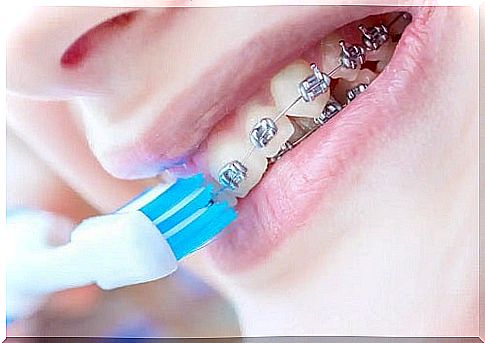
A help to consider
Now you know what they are and how to use bacterial plaque detectors. And, although it is not necessary to use them every day, viewing the places where the bacteria accumulate will allow you to improve your brushing technique.
Your dentist will be able to advise you on how to use it. You can easily find them in pharmacies and you can choose the presentation you like the most. This product deserves to be considered for proper dental hygiene. You already know that oral health care prevents many diseases and allows you to display a bright smile.

